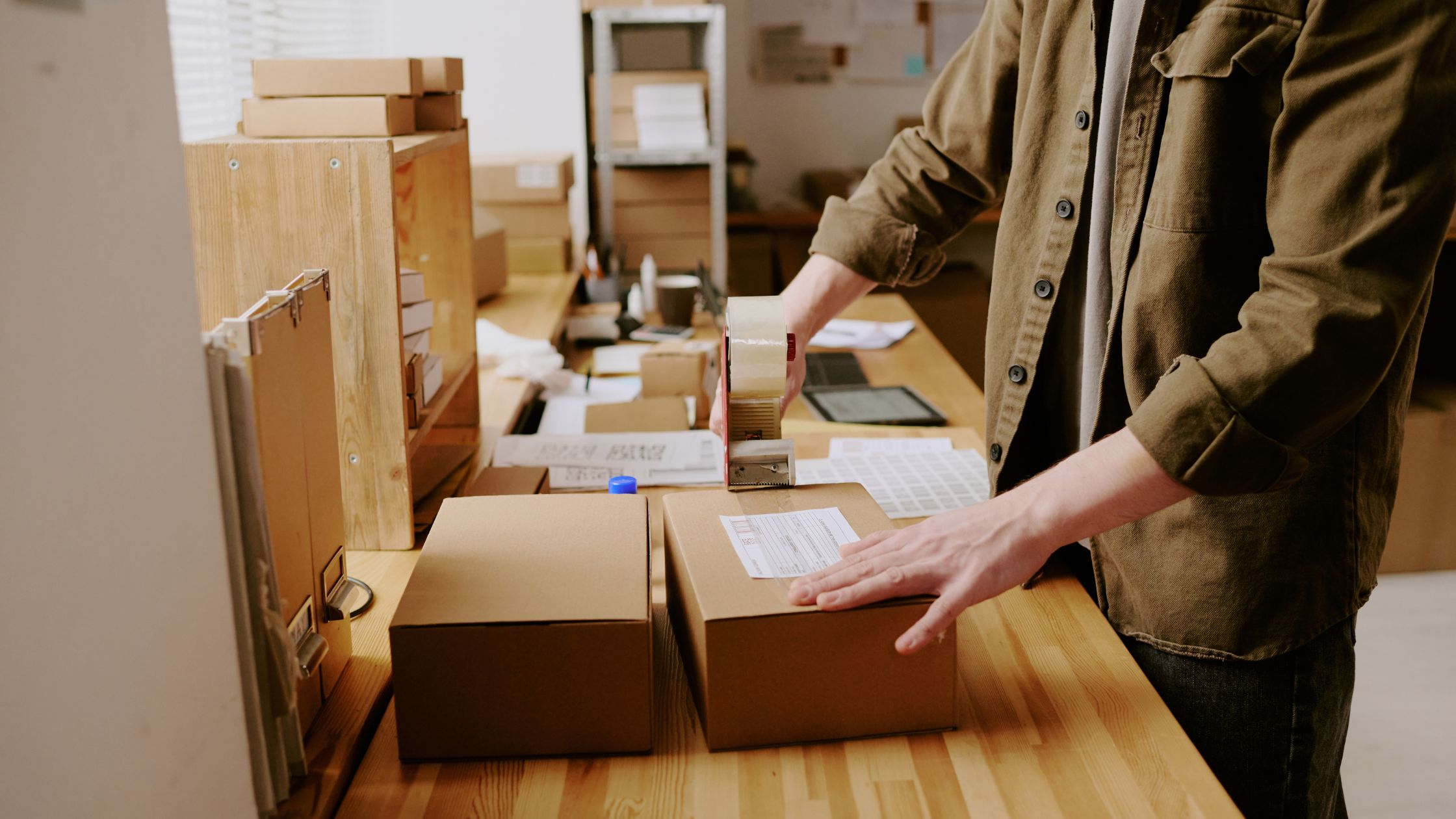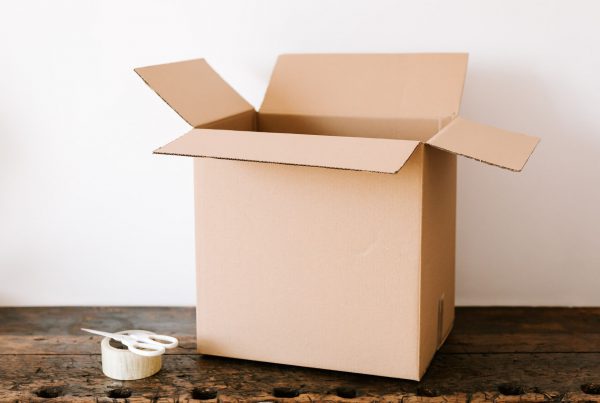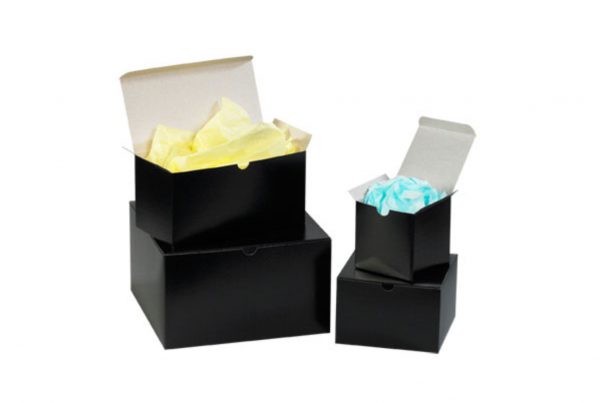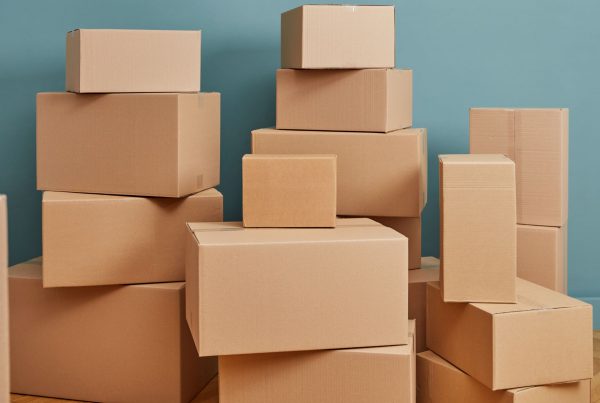Which packaging choice saves money without sacrificing the unboxing moment? This quick guide helps you decide with clarity and confidence.
Choosing between a sleek mailer and a sturdy corrugated option changes more than transit fees. It affects your shipping price, the customer experience at first glance, and how sustainably you operate. We focus on practical trade-offs—cost, protection, speed, and brand impact—so you can act today.
You’ll learn when a slim mailer wins for speed and cost, and when a rigid box protects fragile goods and enhances presentation. We also cover right-sizing, dimensional weight rules, and real-world tips The Boxery teams use to balance labor and storage.
Read on to match packaging to your product mix and your customers’ expectations—without overpaying or under-protecting your brand.
Key Takeaways
- Packaging choice influences shipping costs, delivery speed, and the unboxing experience.
- Right-sizing reduces waste and often lowers dimensional weight charges.
- Sleek mailers are great for low-risk, fast-fulfill items; corrugated boxes guard fragile products.
- Consider labor, storage, and sustainability alongside sticker price.
- This guide provides a simple framework for matching packaging to products and customers.
Defining today’s packaging options for U.S. shippers
Packaging choices define both cost and customer perception long before a product arrives at the door. We’ll walk through common structures so you can pick the right fit for your SKU and workflow.
What each term really means
Quick note, human to human: I’ve tested a lot of formats in busy warehouses—on days when the tape guns never stop. Sometimes simpler really is smarter.
- Mailers are preconstructed, self-seal envelopes in poly, bubble, padded paper, flat paper, or rigid formats. They ship flat and set up quickly for slim items without much filler. For teams shipping light apparel or accessories, mailers keep things fast and tidy.
- Mailer boxes are one-piece, self-locking corrugated designs made for fast assembly and a neat presentation. They close without tape and work well for single-item orders that need a polished look. If presentation matters, capital-M Mailer boxes earn their keep.
Corrugated construction basics
RSC cartons—regular slotted containers—have four flaps that meet in the middle and require tape. They excel at stacking strength and pallet shipping.
Literature mailers protect flat products with edge support and little void fill.
“Cardboard” is often used casually; for shipping, you want corrugated cardboard engineered for durability.
Sizes, board grades, and design choices change cost and protection—The Boxery can help you pick the right mix.
| Structure | Assembly | Best use | Strength |
| Poly/padded mailers | Peel-seal, ship flat | Soft goods, small items | Low |
| Self-locking corrugated | One-piece, no tape | Single gifts, presentation | Medium |
| RSC corrugated carton | Fold, tape top & bottom | Heavy loads, palletized freight | High |
| Literature mailer | Fold-over, secure edges | Books, manuals | Medium |
Mailer Boxes vs. Standard Shipping Boxes
Total landed cost often tells a different story than the sticker price of the pack. Look past unit cost to postage, dimensional weight, and labor to see real savings. Since 2015 carriers charge by the higher of actual weight or DIM weight, so dead space can drive rates up fast.
Total landed cost: unit price, postage, and dimensional weight
Mailers usually cut postage and material spend because they use less material and pack tightly. L.E.K. found switching oversized corrugated to right-sized mailing boxes can trim freight fees up to 3% and packaging spend up to 50%—when you size things smart.
Protection and durability for fragile and heavy products
Corrugated construction still wins when protection matters. A heavier product or fragile item needs board strength and void fill to prevent damage in transit.
Right-sizing, dead space, and carrier rules that impact rates
Dimensional weight penalizes empty volume. Right-sizing reduces DIM charges immediately—choose the smallest reliable profile for the item and you lower postage.
Fulfillment speed, pack-out workflow, and labor savings
Peel-seal mailers speed packing and cut tape time. Self-locking one-piece packs provide a polished open and save seconds per order—seconds that add up in a busy fulfillment line.
Sustainability and branding that drive customer satisfaction
Using less material and better cube efficiency reduces emissions and waste. At the same time, a crisp unboxing experience reinforces your brand—whether you pick a slim mailer or a rigid box, design choices matter. Thoughtful printed mailers can punch above their weight for brand recall.
| Factor | Flexible mailers | Corrugated boxes |
| Postage | Often lower | Higher if oversized |
| Protection | Good for light items | Best for fragile/heavy |
| Pack speed | Fast (peel-seal) | Slower (tape/fill) |
The Boxery helps you balance protection, packaging choices, and cost by recommending the right sizes, material grades, and workflows for your mix of products.
When mailer boxes and mailers are the better choice
For light, flat products, flexible mail systems often cut costs and speed up fulfillment. They fit tees, paperbacks, sunglasses, small cosmetics, and wallets with little filler.
Match material to the product. Poly keeps moisture out. Padded paper and bubble wrap add gentle cushioning. Rigid mailers protect prints and documents that must not bend. For bulk or subscription drops, commercial mailers streamline workflows and postage math.
Flat rate and size matter. Flexible mailers can unlock lower service tiers from USPS, UPS, and FedEx when you pair the right size with the right service.
Storage and pack speed are big wins. Mailers stack densely on shelves and in trucks. Peel-and-seal closures shave seconds per order and improve consistency on busy days.
“Right-sizing reduces dead space and keeps postage low while improving the unboxing moment.”
Choose this option when items are slim, light, and resilient. Pick poly, padded paper, bubble, or rigid material based on surface and bend risk. Right-size every mailer to reduce waste and returns.
| Feature | Best fit | Benefit |
| Poly mailers | Apparel, soft goods | Low weight, moisture resistance |
| Padded paper/bubble | Cosmetics, accessories | Surface protection, light cushioning |
| Rigid mailers | Prints, documents | No bending, premium feel |
Quick story: I once swapped a whole SKU line to padded paper after a rainy week wrecked returns. It felt risky… but damage rates dropped, pick times sped up, and the team stopped double-bagging “just in case.” Sometimes the simplest tweak pays for itself fast.
Also, don’t forget your brand moment. A clean seal, straight label, and tidy fold says “we care,” even on an everyday mailer.
When standard shipping boxes shine
Corrugated shipping boxes earn their place when weight, fragility, or multiple items raise the stakes. They add stacking strength and rigidity so goods survive long runs, pallet loads, and rough handling.
Shipping fragile items, multi-item orders, and higher weights
Reach for a shipping box when weight climbs, or contents multiply. A structured interior keeps parts from colliding and lowers breakage for fragile items like glassware.
Custom corrugated strength, inserts, and void fill for protection
Dial in board grade and inserts to immobilize products. Add targeted void fill—paper or bubble—only where protection demands it.
Creating a premium unboxing with custom-printed corrugated
Unboxing experience matters. Clean folds, smart graphics, and self-locking presentation styles turn a plain package into a brand moment.
Optimizing box sizes to control DIM charges and damage rates
Right-sized boxes cut DIM surcharges and reduce in-transit movement. That lowers damage and replacement costs without overspending on materials.
Use a shipping box for heavy or multi-piece orders that need shock absorption. Compartmentalized interiors simplify re-packing and returns for sets. Corrugated cardboard gives pallet-ready strength for long journeys.
If cost is tight but presentation matters, plain RSC outside with branded tissue inside can still wow—without overbuilding the outer pack.
Operational factors for scaling your packaging with The Boxery
When your order volumes grow, the small choices—core sizes, pallet layouts, and lead times—become the difference between chaos and control. We help you turn those choices into predictable outcomes so your team hits targets without stress.
SKU standardization, pallet space, and lead-time planning
Standardize a core lineup of sizes to speed picking, reduce errors, and shorten training time. Flat-packed designs save floor space; folded RSC-style packs use more pallet volume.
Stagger orders around peak seasons to avoid long lead times. We support forecasting and pallet planning so your business never runs short during busy windows.
Print on kraft vs. white, color accuracy, and board grade selection
Choose Kraft for bold, dark inks; pick white stock when accurate color and fine detail matter. Light tones on kraft may need a white base to stay true.
Match board grade to purpose. Don’t overbuild—materials and thickness affect cost and protection. We review artwork and dimes to speed pack-out and cut manual touches.
Balancing price breaks with storage capacity and seasonality
Price breaks can lower unit costs, but only help if you have space. Over-ordering ties up cash and floor real estate.
Plan volume to fit the pallet and shelf space. Stagger buys to spread lead times and risk. Lock artwork early to avoid reprints and delays.
If you’re debating sizes, mock the top five in Kraft and test a week of orders. Your line will “tell” you what’s right.
A fast decision framework to choose the right option
Start with a quick checklist that maps what your product needs to survive transit and delight the buyer.
- Assess product profile: Note weight, rigidity, fragility, and typical quantity per order. Light, flat items often fit mailers; heavy or mixed orders favor an RSC shipping box that stabilizes multi-SKU packs.
- Prioritize goals: Rank protection, cost, sustainability, and customer experience. That order guides materials and design choices and helps you choose right for each SKU.
Review past shipments to spot size movers, damage trends, and returns. Check DIM exposure—tight fits lower postage and improve shipping math. Test assembly time at the pack table; seconds saved scale to major labor savings.
Use a short pilot: Send samples, collect feedback, and let your brand and warehouse teams vote with data. The Boxery will assemble a small kit of mailers and boxes so you can validate performance before committing to volume.
| Step | Action | Outcome |
| Product review | Weight, fragility, qty | Protect at the lowest costs |
| Order mapping | Single vs mixed items | Choose a mailer or a shipping box |
| Pilot test | Samples + pack trials | Data-driven design choice |
Conclusion
Good packaging answers three questions: will it fit, will it survive transit, and will it feel right to the buyer.
You now know when lightweight mailers speed pack-out and trim postage, and when a corrugated carton gives the structure heavier products need. Right-sizing and material choice change rates reduce damage and free warehouse space.
Keep the customer at the center—clean fits and a tidy unboxing make an outsized brand impact without adding cost. For fragile items, add inserts and selective bubble or paper fill, then choose the smallest reliable profile. When in doubt, revisit your decision framework and lean on your team’s pack-table data.
If you need a quick sanity check, compare DIM math on your two most common SKUs—tiny tweaks can swing dollars.
FAQ
When should I choose mailer-style packaging over a standard corrugated box?
Choose slim, self-locking mailers for lightweight, low-fragility items like apparel, books, or small accessories. They cut material and dimensional weight costs, speed up peel-and-stick packing, and create a tidy unboxing experience. For bulkier, heavy, or fragile orders, a full-strength corrugated box usually offers better protection and stacking performance.
What’s the difference between a self-locking mailer and a regular RSC shipping box?
A self-locking mailer folds into shape with integrated tabs and often includes a peel-seal closure, so it ships flat and packs quickly. A regular RSC (regular slotted container) is traditional corrugated with flaps that require tape and may need additional void fill or inserts. RSC boxes provide greater strength and customization for heavy or fragile products.
How do dimensional weight and carrier rules affect my choice?
Carriers charge based on either actual weight or dimensional (DIM) weight. Slim mailers reduce DIM charges for light, bulky items. For dense, heavy goods, actual weight drives cost, so choose a box sized to the product to avoid wasted air and carrier surcharges. Always check current USPS, UPS, and FedEx rules for zone and pricing updates.
Will using mailers save me money on postage and materials?
Often yes for lightweight single-item orders—mailers use less material and can lower DIM weight, reducing postage. But savings depend on order profile; multi-item or fragile shipments may need a corrugated box plus protective materials, which raises both material and postage costs. Run a landed-cost comparison to be sure.
How do I protect fragile items if I want lighter packaging?
Combine the right material (rigid mailers or heavy-duty corrugated), internal protection (bubble, foam, or molded inserts), and snug sizing to prevent movement. For high-value or fragile products, favor corrugated boxes with inserts or double-wall construction to minimize damage risk.
What packaging choices improve fulfillment speed and reduce labor?
Pre-sized self-locking mailers and peel-seal closures speed pack-out and reduce taping or void-fill tasks. Standardizing SKUs to a few box sizes streamlines packing decisions and can enable automated packing lines, lowering labor and error rates.
How does packaging choice affect sustainability goals?
Using less material and optimizing size lowers transport emissions. Paper and kraft options with high recycled content are better for recycling streams. Corrugated is widely recycled and can be engineered for minimal material while preserving strength—choose right-sized designs to avoid waste.
Can I still get a premium unboxing experience with economical packaging?
Yes. You can print on kraft or white board, add tissue, stickers, or custom inserts, and use well-fit packaging to create delight without excess cost. Corrugated boxes offer more surface for full-color branding; mailer-style packs can still feel premium with quality stock and smart finishes.
Which packaging is best for multi-item orders or subscriptions?
Standard corrugated boxes win for multi-item or subscription shipments because they accommodate inserts, partitioning, and heavier cumulative weight. Right-sizing and protective inserts prevent shifting and damage across varied contents.
Are there flat-rate opportunities with major carriers for mailer-style options?
Yes—USPS offers flat-rate envelopes and boxes that can be economical for certain weights and zones. UPS and FedEx also have negotiated programs and flat-rate-like solutions for standardized packaging. Evaluate volume, zones, and product weight to spot savings.
How should I balance inventory space, price breaks, and seasonality?
Buy common sizes in bulk to hit price breaks, but avoid overstocking slow-moving SKUs that eat pallet and shelf space. Forecast seasonality, negotiate lead times, and standardize sizes across products to optimize storage and cash flow.
What factors form a quick decision framework for choosing the right pack?
Assess product weight, fragility, dimensions, and quantity per order. Prioritize goals—cost, protection, sustainability, or customer experience—and match material and design to those priorities. Test pack-outs and measure damage rates and postage to refine choices.





Recent Comments